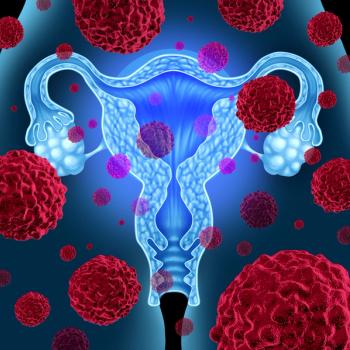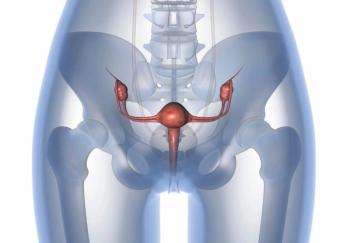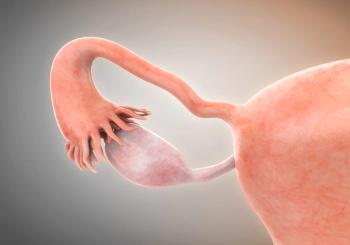
How Does Capsule Rupture Affect Survival in Ovarian Cancer?
The clear cell histologic subtype of stage I ovarian cancer is associated with a disproportionately high risk for capsule rupture during surgery compared with other histologies.
The clear cell histologic subtype of stage I
“Although intraoperative capsule rupture upstages a woman from stage IA or IB to IC1, the prognostic significance remains controversial,” wrote study authors led by Mikio Mikami, MD, PhD, of Tokai University School of Medicine in Japan. “Some studies have shown a survival disadvantage owing to intraoperative capsule rupture, whereas others have not.”
The role of postoperative chemotherapy after capsule rupture also remained controversial.
The authors conducted a retrospective observational study including 15,163 women with stage IA-IC1 epithelial ovarian cancer who underwent surgery between 2002 and 2015 in Japan. The cohort included 6107 women with clear cell histology, as well as 3910 with endometrioid, 3382 with mucinous, and 1764 with serous histology. A total of 7227 women had capsule rupture during surgery. Results of the analysis were
Women with clear cell ovarian cancer were most likely to have capsule rupture during surgery, at 57.3%. This was followed by endometrioid (48.8%), serous (41.8%), and mucinous (32.0%) histologies (P < 0.001). A multivariate analysis found that younger age at diagnosis, lymphadenectomy use, and histology were all independent predictors for capsule rupture (P < 0.001). Clear cell histology had an odds ratio for rupture of 2.75 (95% CI, 2.51-3.01; P < 0.001).
Capsule rupture was found to be associated with decreased cause-specific survival. In those with clear-cell histology, a multivariate analysis found a hazard ratio (HR) for cause-specific survival of 1.99 (95% CI, 1.45-2.75). The HRs for serous, mucinous, and endometrioid histologies did not reach statistical significance.
A total of 78.1% of those with capsule rapture subsequently received postoperative chemotherapy with clear cell histology showing the highest rate of use (82.7%). None of the 4 histologic subtypes appeared to derive a survival benefit from chemotherapy following capsule rupture. Those who received postoperative chemotherapy had cause-specific survival that was similar to those who did not.
That lack of benefit to chemotherapy following capsule rupture may be contributing to a decline in chemotherapy’s use over the study period. Chemotherapy use declined by 16.3% among those with mucinous histology, 13.1% in those with endometrioid histology, and by 9.3% in those with clear cell histology (P < 0.05 for all). It declined in serous histology as well (9.0%), but this did not reach significance (P = .131).
“Intraoperatively, if surgeons face impending capsule rupture, care and appropriate arrangement should be made,” the authors concluded. “For example, it would be important to acknowledge that in any clinically suspicious ovarian mass, peritoneal washings should first be obtained for staging purposes. Then, all measures should be used to prevent rupture because, if it is upstaged to IC1, it does have prognostic implications of lower survival.” They added that postoperative counseling should be used when considering chemotherapy, given the potential lack of benefit and high risk for toxicity.
References:
1) MATSUO, K., MACHIDA, H., YAMAGAMI, W., EBINA, Y., KOBAYASHI, Y., TABATA, T., KANEUCHI, M., NAGASE, S., ENOMOTO, T. AND MIKAMI, M.
1. Matsuo, K., Machida, H., Yamagami, W., Ebina, Y., Kobayashi, Y., Tabata, T., Kaneuchi, M., Nagase, S., Enomoto, T. and Mikami, M. (2019). Intraoperative Capsule Rupture, Postoperative Chemotherapy, and Survival of Women With Stage I Epithelial Ovarian Cancer. [online] Available at: https://journals.lww.com/greenjournal/Abstract/publishahead/Intraoperative_Capsule_Rupture,_Postoperative.97566.aspx [Accessed 22 Oct. 2019].
Newsletter
Stay up to date on recent advances in the multidisciplinary approach to cancer.

















































































